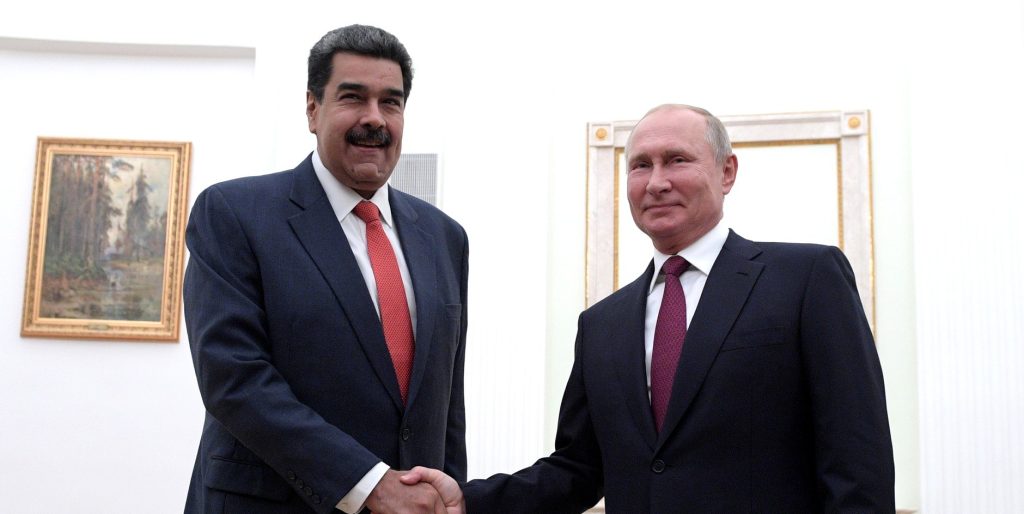Venezuelan President Nicolás Maduro has revealed that his armed forces now possess “no fewer than 5,000” Russian-made Igla-S portable air-defense missiles.
Others are reading now
The announcement, made on October 23, 2025, comes amid rising US military activity in the Caribbean, and raises new questions about Moscow’s expanding influence in the region.
Layered air defense
The Igla-S is a shoulder-launched surface-to-air missile designed to target low-flying aircraft using dual-band infrared guidance resistant to flares and decoys.
Venezuela has integrated the Igla-S with Swedish-made RBS-70 laser-guided systems and mobile radar batteries, forming a dense short-range air defense network.
The system is meant not to defeat advanced air forces outright, analysts say, but to increase the cost and complexity of potential attacks.
This combination forces enemy aircraft to rely on passive sensors and low flight paths, increasing risks for helicopters, transport planes, drones, and close air support operations.
Also read
Comparing capabilities
With a maximum range of about six kilometers and a reach up to 3.5 kilometers in altitude, the Igla-S slightly outperforms the US-made Stinger missile.
The heavier RBS-70 complements it with laser precision and a range nearing nine kilometers, creating overlapping defensive layers.
Together, the two systems give Caracas a flexible deterrent against regional incursions, even if they remain limited in scale compared to long-range or high-altitude defenses.
Long-standing ties
Venezuela’s military partnership with Russia dates back more than two decades, intensifying under Hugo Chávez in the early 2000s.
Moscow became the country’s principal arms supplier after relations with Washington collapsed.
Also read
Over the years, Russia has delivered fighter jets, tanks, and missile systems to Caracas, while both nations coordinated closely on oil policy through OPEC+ and political support at the United Nations.
In return, Venezuela offered Moscow a foothold in Latin America, a counterweight to US influence in Eastern Europe.
Caracas sends a message
Maduro’s announcement comes as the US increases military presence and exercises across the Caribbean.
By mentioning his nation’s missile capacity, the Venezuelan leader seeks to demonstrate readiness and deterrence.
“The deployment reinforces the lowest layer of Venezuela’s air defense,” regional observers note according to WP, “giving Caracas tools to punish airspace violations while complicating any potential coercive scenarios.”
Also read
Yet the strategy carries risks: the growing density of short-range weapons in proximity to foreign and civilian aircraft raises the likelihood of misjudgment or accidental escalation.


